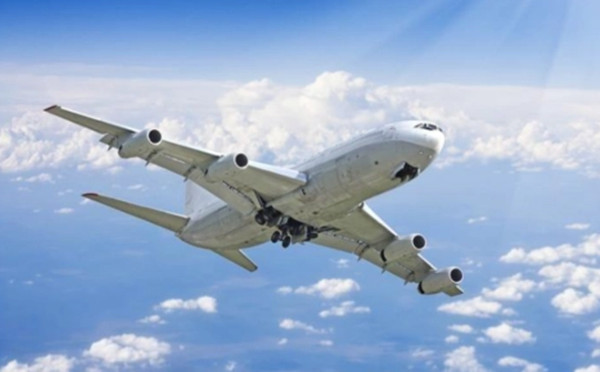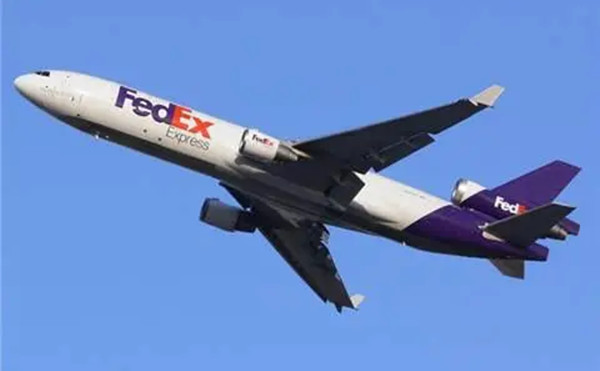European Air Transport Process
I believe that many cross-border e-commerce sellers have the experience of transporting goods overseas by air, but what is the whole process of this transportation? Maybe many people don't know much about it. The air transportation process of major freight forwarders/logistics companies may be different, but in fact it is similar, and it does not affect your understanding of the entire air transportation process.1. First of all, the seller needs to place an order for delivery, and generally needs to provide transportation services through a more reliable freight forwarder or logistics company.
2. The goods are transported from the seller to the warehouse where the freight forwarding company is located. After the goods arrive at the warehouse, they will arrange for measurement and verification, arrange for board distribution and domestic customs declaration at the same time.

3. The goods leave the warehouse, transport them to the airport cargo station, and wait for the security check in the unloading area.
4. The security inspection process is domestic inspection, packing list inspection, product inspection and routine inspection. If there is no abnormality in the inspection, it can be completed in 1-2 days; if there is an abnormality, it will take 1-2 weeks to pass the inspection. Domestic inspections are mainly divided into general inspections and special inspections.
Ordinary inspection refers to routine inspection, packing list, product name, data, material, etc. Among them, the routine inspection is usually carried out from time to time according to the probability of random inspection, and the inspection rate is different at different time points. The product name, data, and material of the goods are all recorded on the packing list. During the inspection, it will be checked whether the actual condition of the goods is consistent with that filled in the declaration materials.
Special inspections include border inspections, imitation brands, infringements, sensitive products, contraband, etc. Among them, special border inspections are basically national tasks, or inspections will only be carried out when others report problems with the goods. During the domestic inspection, there have been many examples of goods imitating brands, infringing rights, and belonging to sensitive products. After general inspection and verification, the customs department will detain such goods.
5. After passing the inspection, the goods will be released, and the cargo will be arranged in the cabin to wait for take-off.
6. After take-off, the aircraft will have an early warning before landing. After the aircraft lands, it will disassemble the board at the airport, transport the goods to the designated warehouse at the airport, and notify the customs clearance bank to pick up the goods.

7. After the customs clearance bank completes the delivery procedure to pick up the goods, the supervisory warehouse is responsible for customs clearance. This process will occasionally encounter inspections. The inspection process is generally a routine inspection of the packing list and the goods and products. This is the situation encountered during strict border inspections. Generally, if the inspection results are normal and simple, the inspection can be completed in 5-7 days; if there is a problem with the inspection results, In serious cases, this process will be delayed until 1-3 months before it can be released. There are two main inspection situations that are usually encountered after the goods arrive abroad, namely airport border inspection and overseas warehouse inspection.
Airport border inspection is the inspection that is required immediately after the goods get off the plane. The border inspection mainly checks whether the goods are counterfeit, infringing, whether they are sensitive products, contraband, etc.
Overseas warehouse inspection is an occasional inspection that occurs when goods are hauled to overseas warehouses for customs clearance.
8. After the goods are released, trucks or trailers will be arranged to transport the goods to overseas warehouses for storage.
9. The last step is to deliver the goods from the overseas warehouse to each destination warehouse.
I would like to remind cross-border e-commerce sellers that a suitable freight forwarding company/logistics company can save you a lot of unnecessary trouble, and you should keep your eyes open when choosing a partner when arranging a transportation plan.
Remarks: The above content is only an internal opinion and is for reference only.





